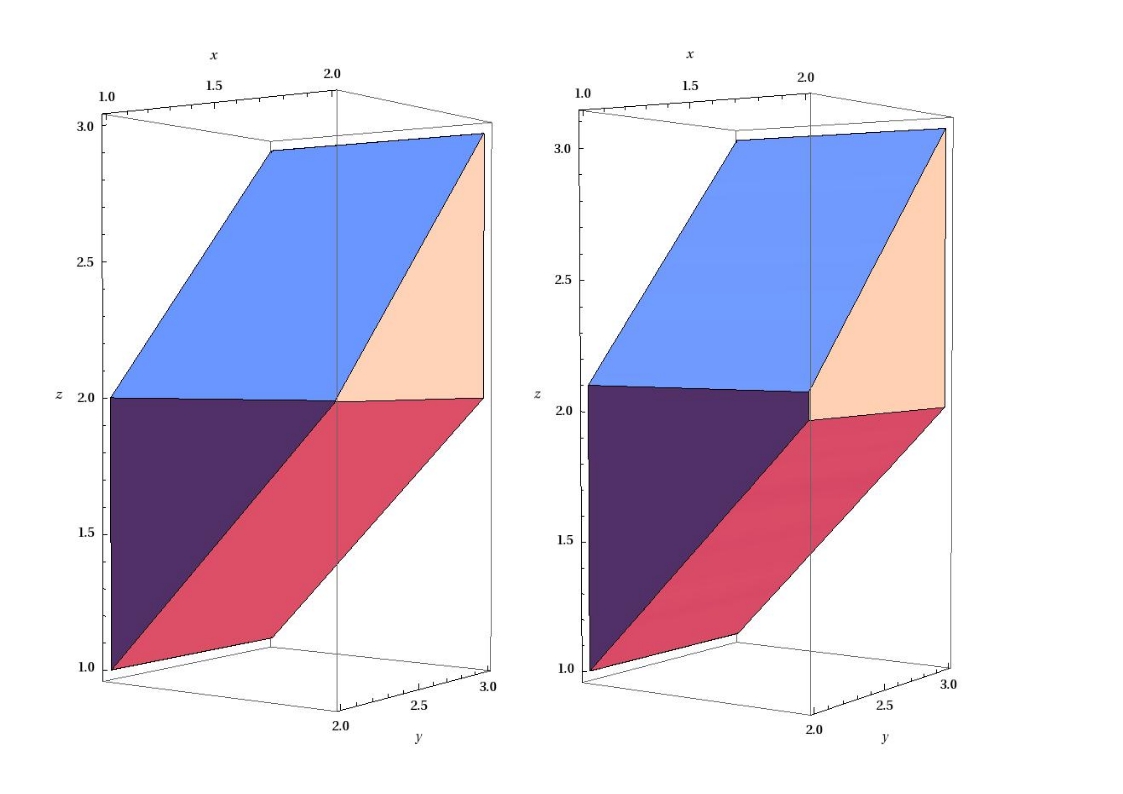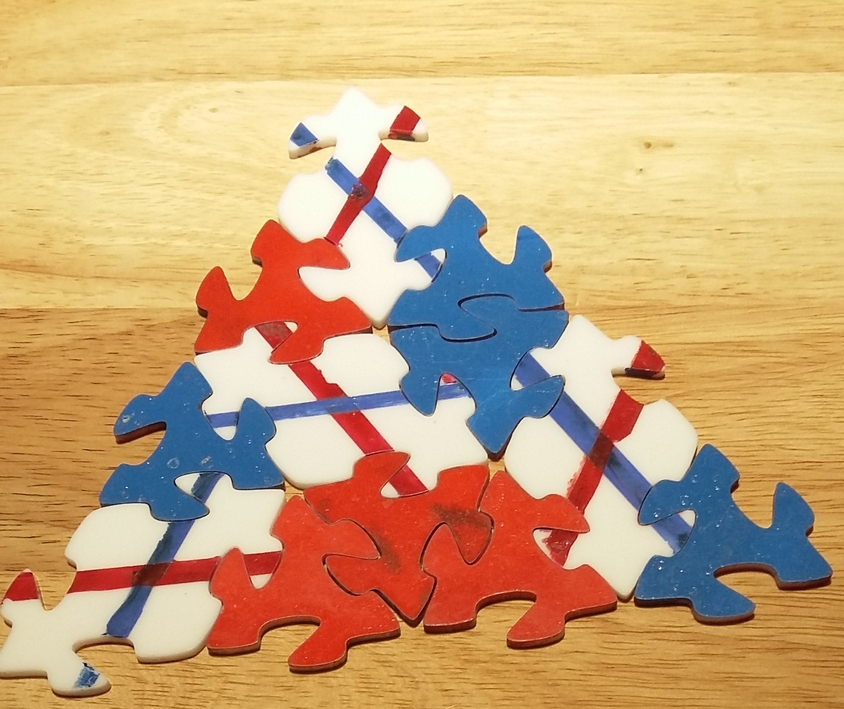Wednesday, February 27, 17:00, room 210
shinymath, · Categories: Без рубрикиThis week, instead of a regular talk, we invite you to the defense of the habilitation thesis (note the change of time and place):
17:00, room 210
Valentina Kiritchenko
Geometry of spherical varieties and Newton-Okounkov polytopes
https://www.hse.ru/sci/diss/226346766

After the famous Kushnirenko and Bernstein theorems were proved in the 70-s, Askold Khovanskii asked how to extend these results to the setting where a complex torus is replaced by an arbitrary connected reductive group. In particular, he advertised widely the problem of finding the right analogs of Newton polytopes for spherical varieties. The latter are natural generalizations of toric varieties and include classical examples such as Grassmannians, flag varieties and complete conics.
Kushnirenko’s theorem was extended to spherical varieties by Michel Brion and Boris Kazarnovskii in the 80-s while the notion of Newton polytopes was generalized by Andrei Okounkov in the 90-s. I will talk about these and more recent results focusing on explicit description of geometric and topological invariants of spherical varieties in terms of geometric and combinatorial invariants of their Newton-Okounkov polytopes.
As this talk is a part of the thesis defense, it will be followed by comments of the committee members including Brion and Okounkov. Some of them will give talks on Thursday:
Michel Brion (Université Grenoble Alpes, Institut Fourier)
Automorphism groups of almost homogeneous varieties
February 28, Thursday, 17:00, room 208 (the seminar of the Laboratory of Algebraic Geometry)
The automorphism group of a projective algebraic variety X is known to be a “locally algebraic group”, extension of a discrete group (the group of components) by a connected algebraic group. The group of components of Aut(X) is quite mysterious: recently, Lesieutre constructed examples for which this group is not finitely generated. In this talk, we will discuss the structure of Aut(X) when X has an action of an algebraic group with an open dense orbit. In particular, we will see that the group of components is arithmetic (and hence finitely presented) under this assumption.
Гаянэ Панина (доклад по совместной работе с И. Некрасовым)
Компактификации M_{0,n}, связанные с самодвойственными по Александеру комплексами: кольца Чжоу, psi-классы и числа пересечения
28 февраля, четверг, 17:00, ауд. 210 (совместное заседание семинаров “Комбинаторика инвариантов Васильева” и “Характеристические классы и теория пересечений”)
Каждый симплициальный комплекс, двойственный самому себе по Александеру, задает компактификацию пространства M_{0,n} (ASD компактификацию), которая является гладким алгебраическим многообразием. ASD компактификации включают в себя (но не исчерпываются ими) конфигурационные пространства шарнирных многоугольников.
Мы дадим явное описание кольца Чжоу ASD компактификации, изучим аналог тавтологических расслоений Концевича, найдем их классы Черна, старшие пересечения классов Черна, и выведем рекурсию для чисел пересечения.
Для понимания доклада достаточно самых общих начальных представлений о теории когомологий, классе Эйлера, раздутиях, действиях групп и пр.

